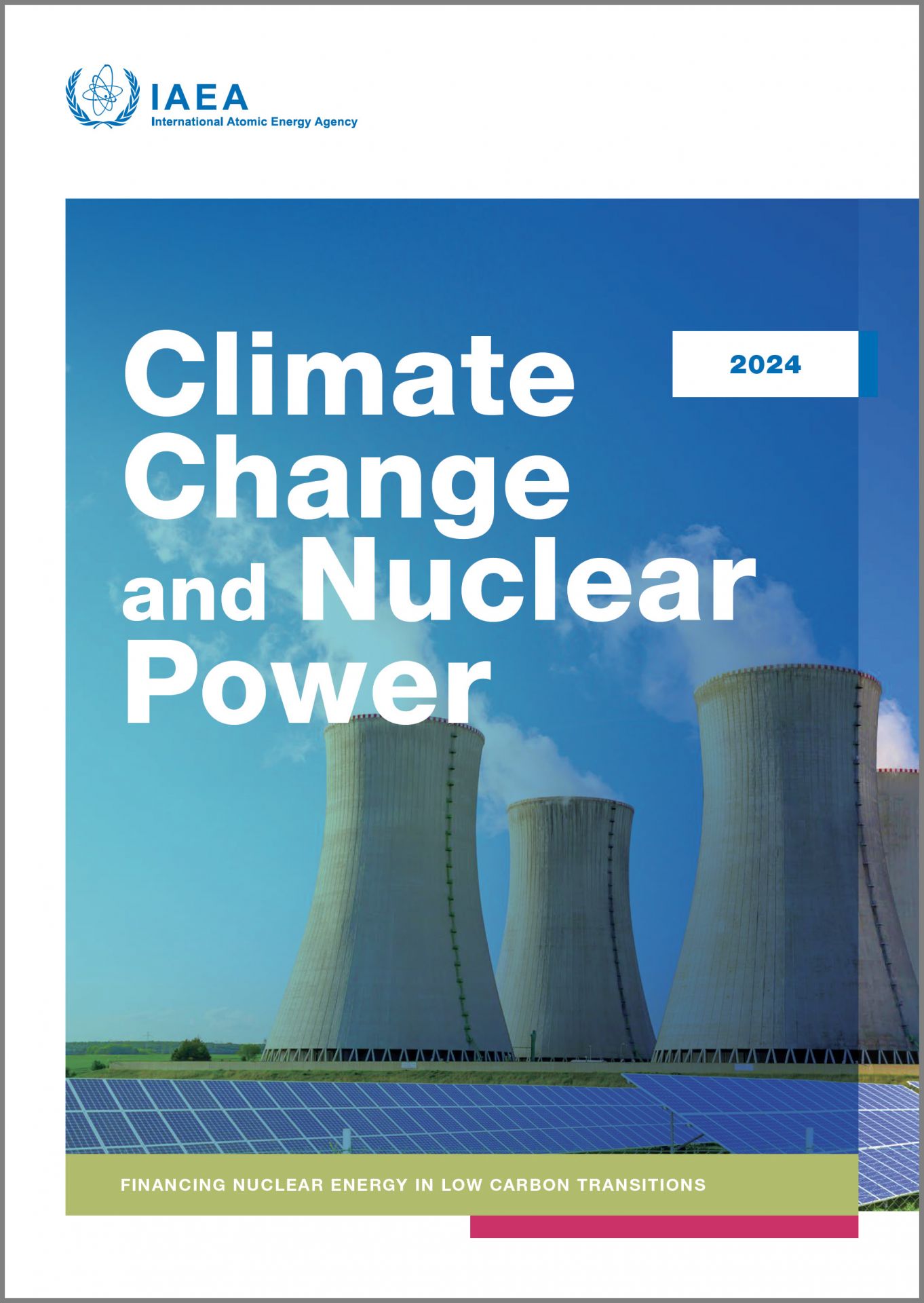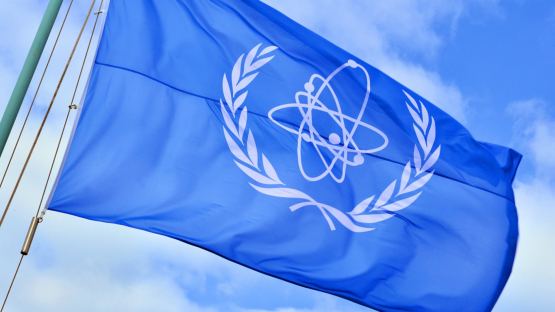The publication seeks to inform climate negotiators, government officials, commercial and multilateral financiers, energy and climate policy makers, experts, nongovernmental organizations and media representatives about the potential of nuclear energy in mitigation, the IAEA says.
Boosting investment: The report argues that annual global investment in nuclear energy must increase to $125 billion, from the annual $50 billion of recent years, in order “to meet IAEA’s high case projection for nuclear capacity in 2050.” Moreover, to meet the 22-nation COP28 pledge to triple capacity by 2050, annual investment would have to increase to at least $150 billion.
IAEA director general Rafael Mariano Grossi commented in the report’s foreword: “Across its near century-long lifetime, a nuclear power plant is affordable and cost competitive. Financing the upfront costs can be a challenge however, especially in market driven economies and developing countries. The private sector will increasingly need to contribute to financing, but so too will other institutions. The IAEA is engaging multilateral development banks to highlight their potential role in making sure that developing countries have more and better financing options when it comes to investing in nuclear energy.”
At CEM: The report was presented at a side event during the 15th Clean Energy Ministerial (CEM), which was held in Brazil in early October. The event, organized by the IAEA and CEM’s Nuclear Innovation: Clean Energy Future (NICE) initiative, was designed to “discuss concrete steps to make clean energy—including nuclear power—affordable, attractive, and accessible for all and accelerate clean energy transitions around the world,” according to Jean-Francois Garnier, head of the CEM Secretariat.
Speakers from the IAEA, the International Energy Agency (IEA), and the governments of Brazil and the United States, were included in the event. Sylvia Beyer, a senior energy policy analyst at the IEA, observed that global nuclear capacity needs to increase by a factor of 1.8 by 2035 to achieve climate goals. She stressed, “Financing mechanisms that support scale, work force, and supply chain development are going to be needed.”
 The 2024 edition of Climate Change and Nuclear Power has been released by the International Atomic Energy Agency. The 99-page report focuses on the need for a significant increase in investment to achieve goals for expanding nuclear power.
The 2024 edition of Climate Change and Nuclear Power has been released by the International Atomic Energy Agency. The 99-page report focuses on the need for a significant increase in investment to achieve goals for expanding nuclear power.







